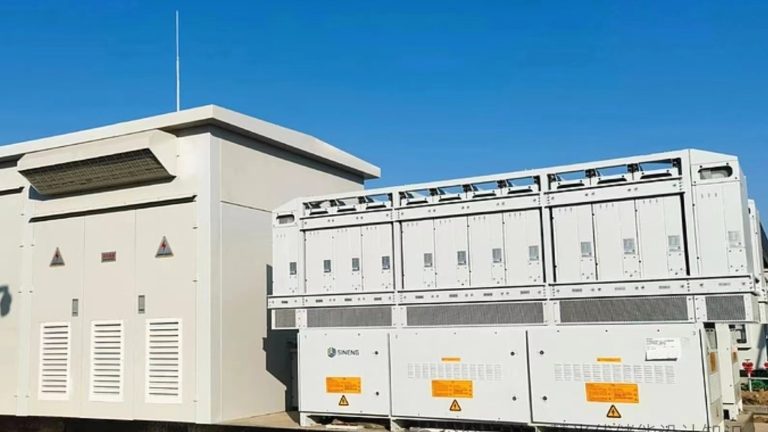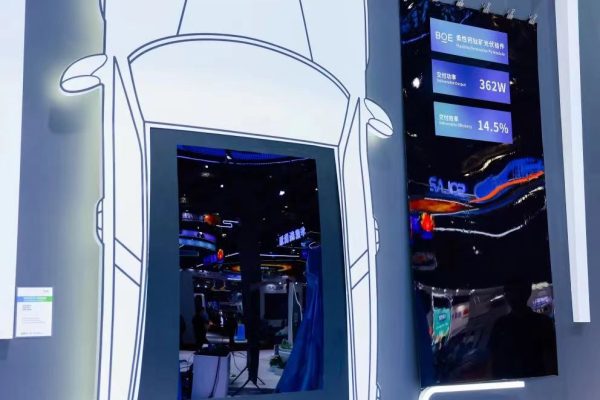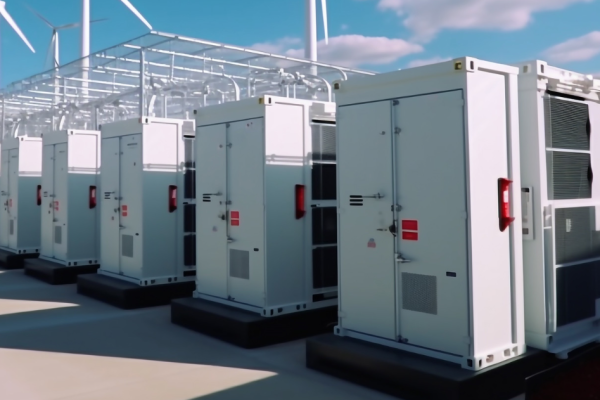Optimizing PV + Storage Systems for Better Efficiency and Client Satisfaction
In solar-plus-storage (PV+ESS) projects, one critical design factor is aligning the solar input with the energy storage system’s (ESS) charging windows. Proper matching ensures maximum solar utilization, extends battery life, and improves overall system performance. For small and medium-sized installers or exporters supporting overseas clients, understanding this balance is essential to delivering high-quality systems and technical support.
This article breaks down the concept of ESS charging windows, why matching them with solar input matters, and practical tips to optimize your projects.
What Are ESS Charging Windows?
The charging window refers to the time period during which the battery is allowed to charge from solar or grid power. It can be:
- Fixed Time Windows: Predetermined hours (e.g., 9 AM to 3 PM) set by the inverter or EMS.
- Dynamic Windows: Adjusted automatically based on real-time solar production, grid tariffs, or battery state of charge.
Why Is Matching Important?
Solar generation varies during the day due to:
- Sun position and weather
- Seasonal changes
- Shading effects
If the ESS charging window is too narrow or poorly timed, excess solar energy might be wasted (curtailed) or fed back to the grid unnecessarily, reducing self-consumption and ROI.
Conversely, charging the battery outside peak solar hours can mean drawing power from the grid, increasing costs and carbon footprint.
Common Issues from Mismatched Charging Windows
- Underutilization of Solar Power: Batteries don’t fully charge during high solar output.
- Battery Overcharge or Undercharge: Improper window settings cause premature cycling or insufficient energy storage.
- Inverter Overload: Attempting to charge batteries and feed loads simultaneously without balancing power flow.
- Grid Export Penalties: Feeding excess solar energy back to the grid when not allowed or uneconomical.
How to Match Solar Input with ESS Charging Windows
1. Understand Your Solar Generation Profile
Use historical PV output data or solar irradiance maps to identify peak production hours.
2. Configure Charging Windows Accordingly
Set the battery charging window to overlap with solar peak hours, typically late morning to mid-afternoon.
3. Utilize Smart EMS or Inverter Features
Modern hybrid inverters can dynamically adjust charging based on real-time solar input and battery SOC.
4. Avoid Charging During Grid Peak Tariffs
If your client’s electricity tariff has peak pricing, avoid charging batteries during those hours to save costs.
5. Use Forecasting and Load Prediction
Some advanced systems integrate weather forecasts and load data to optimize charge/discharge cycles.
Exporter and Installer Tips
- Provide clients with clear documentation on how to adjust charging windows.
- Offer remote monitoring to check if ESS is charging optimally and intervene if needed.
- Pre-configure charging windows before shipment based on client location and typical solar patterns.
- Educate clients about seasonal changes and advise adjusting windows periodically.









